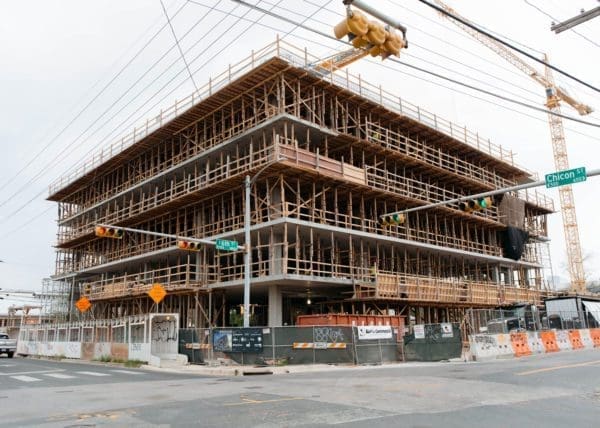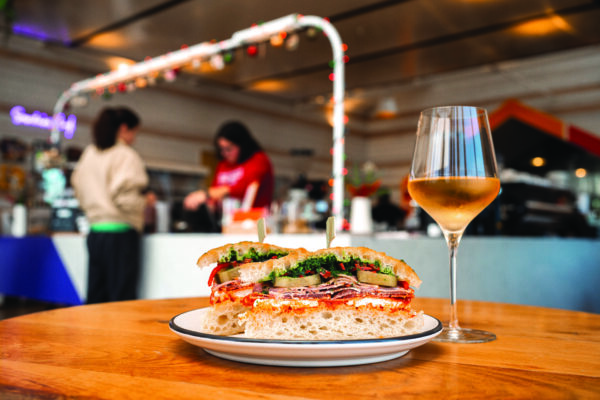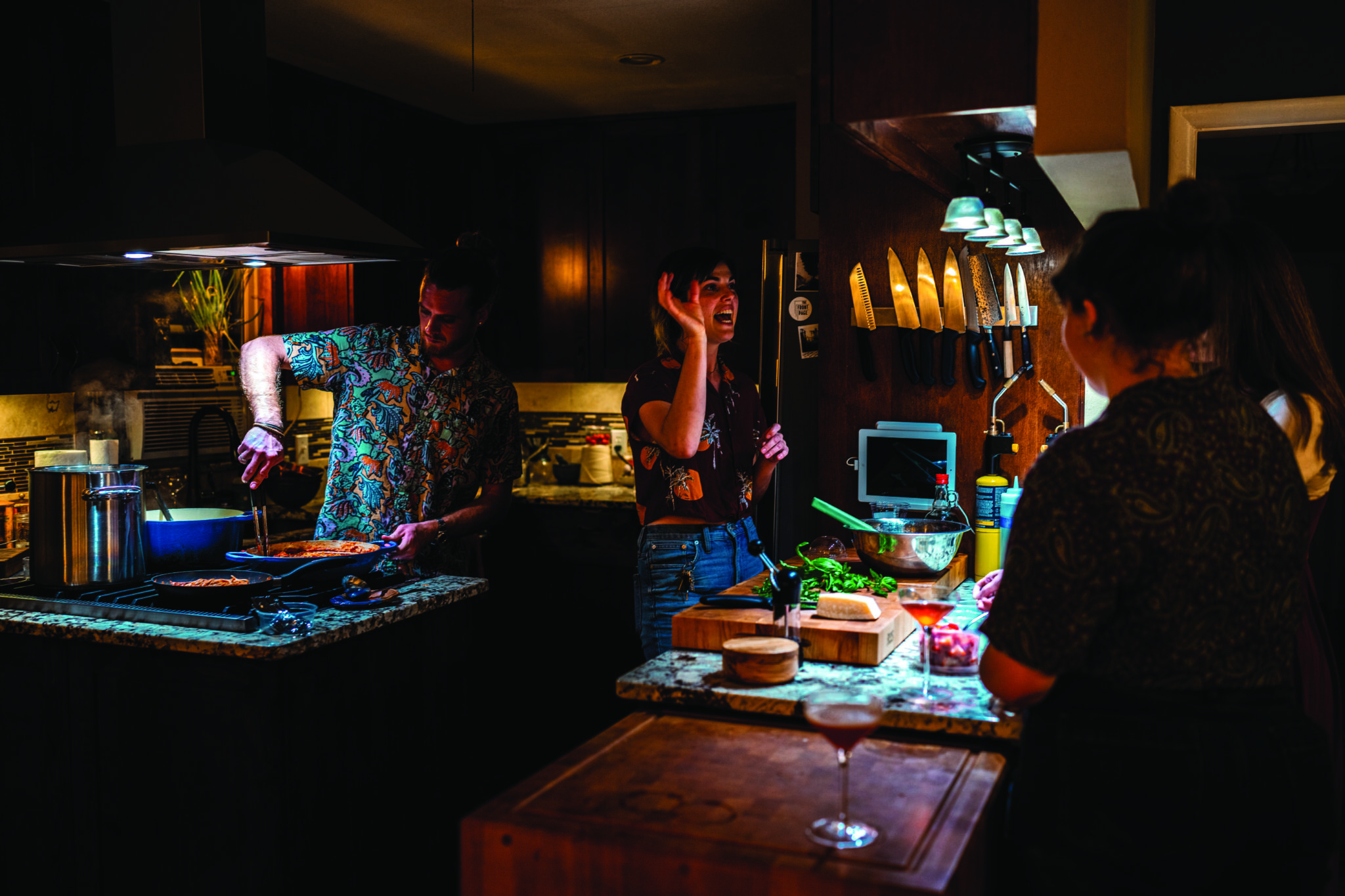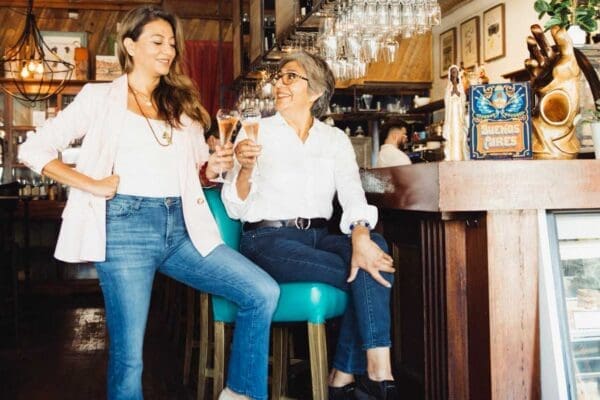Architecting History
Art built on a foundation
Words by Amanda Covo Photos from HumanitiesTexas.org
Most Austinites likely know him; his iconic buildings have adorned the corners of Austin for decades. John S. Chase, the first Black licensed architect in Texas, charted designs for some of East Austin’s most eye-catching structures—and his own course in the process.
In cities and towns across America, delegations gathered on April 4 in observance of the 50th anniversary of the assassination of Martin Luther King, Jr.
It was a symbolic moment, serving as a reminder of the pioneers who blazed trails through America’s darker days: pioneers like John Sanders Chase. Yet, Chase never set out to be a trailblazer; he simply wanted to pursue his passion for design. Born in Maryland in 1925, Chase loved to draw and build toy airplanes as a child. After high school, he got a job in Philadelphia.
“It was at that time that I began to realize just how few Black architects there were,” Chase recalled in an interview. He was given an offer to join the African American owned Lott Lumber in East Austin and at first was reluctant to take it: “I said ‘Oh, no. No way in the world, I can’t go down to Texas.’”
But Chase’s dreams of design brought him to Austin, Texas, in 1949 where he would soon get his big break when, one year later, the United States Supreme Court ruled in favor of desegregating graduate and professional schools.
Two days later, Chase stood in a packed Gregory Gym at The University of Texas at Austin, amid a crowd of white faces, to enroll for graduate school. He was 25. Two years later, Chase became the second African American to graduate from the University of Texas and the first to graduate from its School of Architecture.
After graduation, Chase taught for a decade at Texas Southern University in Houston while building his own practice. According to an interview his wife, Drucie, gave to the Austin American-Statesman, Chase wanted to join an architectural firm, but no one would hire the first Black licensed architect in Texas. His early design work includes residential homes, churches, banks and schools: designs he brought with him back to Austin’s Eastside. Chase’s modern approach, whose unique building designs serve as East Austin focal points, surpassed that of architecture alone.
Chase drew inspiration from the work of Frank Lloyd Wright, particularly Wright’s fusion of indoor and outdoor spaces. Perhaps no better example of Chase’s work is at the corner of MLK Jr. Boulevard and Maple Avenue. There, Chase designed the modern, light-filled Phillips House in 1964. Commissioned by Eastside socialite Della Phillips, Chase was given free rein to design a prairie style home inspired by Wright’s work. Phillips had only one request: the house must be designed for lavish parties.
Chase delivered, designing an airy home with large living spaces and smaller rooms tucked away. The home’s diamond-shaped fascia and angular lines stand in stark contrast to the traditional Eastside bungalows.
Chase’s other works include the David Chapel Missionary Baptist Church (across the street from the Phillips House), Austin’s headquarters for the Colored Teachers State Association of Texas (1191 Navasota Street), which was influential in school desegregation, and Olivet Baptist Church (San Bernard Street). He also designed two buildings at his alma mater: the Mike A. Myers Track and Soccer Stadium and a $7.5 million 750-car parking garage at 25th and San Antonio Street.
Chase was considered by those who knew him best to be a gentle man who set out only to change a physical, not a racial, landscape. But he did both and, in doing so, left a lasting mark on East Austin.













